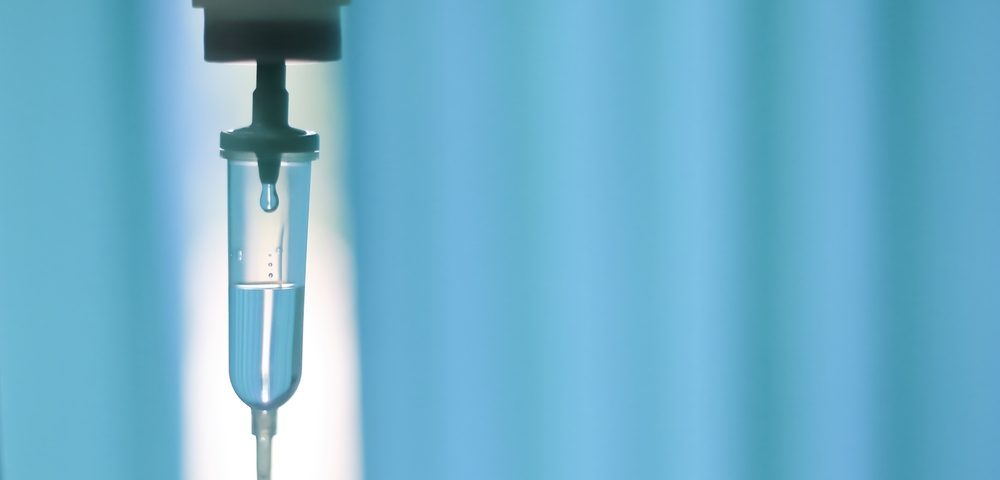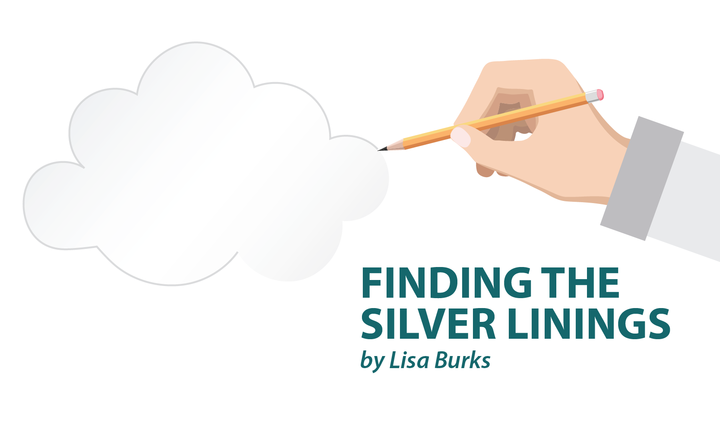I’m happy to report that my eye muscle surgery on June 29 was a success! Both of my eyes are completely aligned. At my first post-op appointment, we discovered that I had developed a postoperative infection in my eyes. That could be due to a combination of my immune deficiency and the use of Remicade (infliximab) and steroids. A simple antibiotic course fixed me right up.
Today, I’m talking about what happens when you run out of IV access points, or when your doctors want to discuss a more long-term solution. Several of the medications that treat Crohn’s and ulcerative colitis are given intravenously. Over the years, my veins have become very hard to access due to lots of steroid use. Most of the time, I need central lines for surgeries. This actually happened with all three surgeries I had in June. Many times, doctors consider a more permanent option for people with harder-to-access veins who receive regular IV medication infusions.
The 2 primary types of venous access
One type of venous access, peripheral lines, are put into small veins on the hand or arm. The line is short and ends inside those veins. One peripheral line is long enough to reach near the heart, called the peripherally inserted central catheter (PICC line).
The other type of venous access is called a central line. It is stuck into large veins of the arms, neck, chest, or groin, and reaches near the heart. The category of line necessary is based on the need, regarding medication and test types. Some medications are harsh on veins.
Several types of IV access
- Typical peripheral IV catheters are the most common type of line and are good up to five days. They are only used for medications that do not damage veins.
- Midlines are catheters that are up to 8 inches long. They are put into small veins above the bend in the arm (the elbow). They are typically good for up to 29 days. Like IVs, they are used only for giving medications that do not damage veins.
- PICC lines are long IV lines stuck into medium-sized veins from just above the bend of the arm. PICC lines can be used for days, months, and even up to a year. A PICC line can be used for even the harshest medications and can be used to draw blood.
- Central venous lines are a long tube inserted into a large vein in the neck, chest, or groin that reaches near the heart. Like PICC lines, central lines can be used with strong medications and can be used to draw blood. Most central lines are only used for up to a month, though they can be used longer if necessary and safe.
- Implanted port-a-caths are very different from other forms of venous access. Surgeons implant a metal or plastic port beneath the skin and into a very large vein, where the catheter can run close to the heart. It can be used for several months to several years. Implanted ports are accessed similarly to a normal IV line by a small needle that looks almost like a regular IV access kit, inserted directly into the port itself instead of a vein. It just passes through a layer of skin and guarantees instant venous access.
Determine which is best for you
People who are on long-term, intravenous medications typically have a harder time getting IVs inserted because the constant needle sticks weaken the veins, so implanted ports are a good option to consider. Long-term medications that might necessitate a port include infused biologics used for treating Crohn’s disease, such as Remicade and Entyvio. Conveniently, a port doesn’t need to stay accessed all of the time. When not used for infusions, it just needs to be accessed and flushed with saline and heparin at least once a month. Once the infusion is done, nurses can remove the access. Not much of the port is visible on your body once access is removed.
Over the past 10 years, I have had every type of line listed. Each type has pros and cons. In my next column, I will go over what to expect if you have one of these lines put in.
***
Note: IBD News Today is strictly a news and information website about the disease. It does not provide medical advice, diagnosis, or treatment. This content is not intended to be a substitute for professional medical advice, diagnosis, or treatment. Always seek the advice of your physician or other qualified health providers with any questions you may have regarding a medical condition. Never disregard professional medical advice or delay in seeking it because of something you have read on this website. The opinions expressed in this column are not those of IBD News Today, or its parent company, BioNews Services, and are intended to spark discussion about issues pertaining to IBD.


